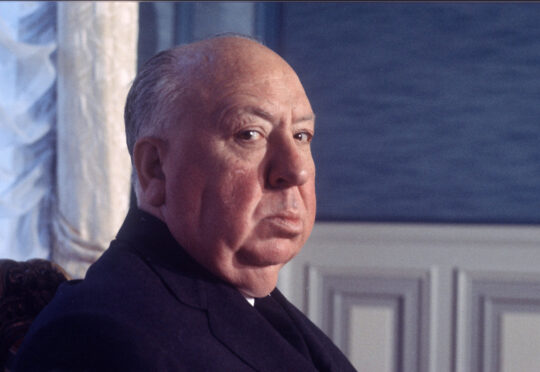
In a world of uncertainty, people can experience aboulomania (crippling indecision) or nomophobia (fear of losing a mobile phone).
Here Kate Summerscale, creator of ITV’s The Suspicions Of Mr Whicher, tells Sally McDonald the Honest Truth about how fixations take shape.
Why did you write this book?
I wanted to find the most extraordinary cases of phobia and mania – states of extreme fear and desire – and work out their causes.
How long did research take?
I spent about two-and-a-half years working on the book and, because of Covid lockdowns, the research didn’t take me much further than my sofa. But, in another way, this project took me everywhere: from a girl terrified by noises in Malaysia to a doctor tormented by blushing in Chile, from a young Frenchwoman who compulsively plucked her hair in the 1900s to a whole village that couldn’t stop dancing in 14th Century Germany.
What was your most surprising find and why?
Koumponophobia, the fear of buttons, affects a surprising number of people. Steve Jobs had it, which is why he always wore polo-necks. Other phobias of the famous include former One Direction singer Niall Horan, who is scared of pigeons, Oprah Winfrey, who has a fear of balloons, Kendall Jenner, anxious about clusters of holes, and Alfred Hitchcock, scared of eggs.
For how long have phobias and manias been around?
The word hydrophobia was created in the 14th Century to describe a rabies victim’s terror of water. But phobias and manias were only recognised as psychological conditions at the end of the 18th Century – and the craze for identifying them really took off in the Victorian era. Phobias are compulsions to avoid things and manias are compulsions to do things.
What do these conditions tell us about the culture of their time?
They tell us what made people anxious at particular moments in history, and what was considered irrational. People became scared of clowns in the 1980s after a serial killer was pictured in a clown costume. Mysophobia, the obsessive fear of dirt and germs, became widespread in the 1880s when people read about new theories of infectious disease.
What are some of the most astonishing cases?
There are amazing collective manias, from an outbreak of demonomania, or demonic possession, in a remote Alpine village in the 1860s to a laughing mania in East African missionary schools in the 1960s. And there are extreme forms of phobia, like the French soldier so scared of water he died of shock after being forced to take a shower.
Are any in Scotland?
In 1917 the psychiatrist William W Rivers treated a shell-shocked soldier at Craiglockhart Hospital, Edinburgh, and discovered he had severe claustrophobia.
The phobia began when he was a boy – he had a scary encounter with a dog in a locked corridor – and was revived on the Western Front, where he became terrified he’d be buried alive in a trench.
Are there any effective treatments for phobias?
Yes! It is one of the most treatable forms of anxiety disorder. My book is full of cases of successful treatments: talking therapy, cognitive behavioural therapy, eye movement desensitisation, exposure therapy, virtual-reality therapy. But most people with specific phobias don’t seek help – they choose to avoid the thing that scares them.
Do you have any phobias?
I have a mild flying phobia and when researching this book I realised that, as a teenager, I had erythrophobia – the fear of blushing. By the time I’d finished the book, I’d talked myself into almost every phobia and mania. We all have the seeds of these conditions – we wouldn’t have survived as a species without a capacity for great fear and desire.
The Book Of Phobias & Manias: A History Of The World in 99 Obsessions by Kate Summerscale is published by Wellcome Collection/Profile Books

Enjoy the convenience of having The Sunday Post delivered as a digital ePaper straight to your smartphone, tablet or computer.
Subscribe for only £5.49 a month and enjoy all the benefits of the printed paper as a digital replica.
Subscribe





